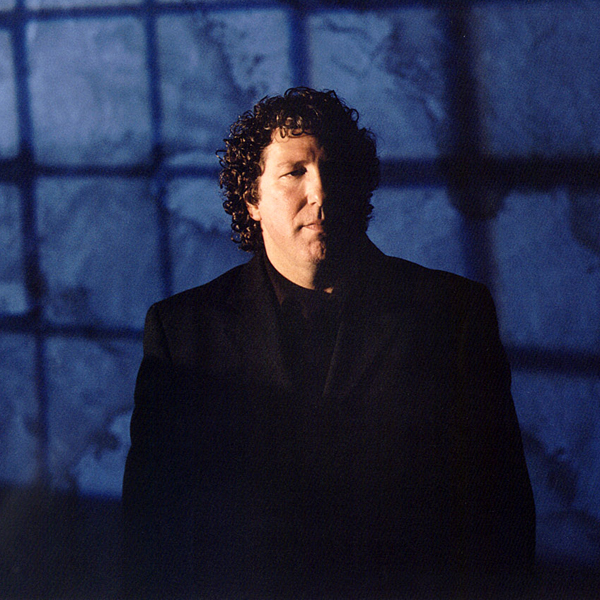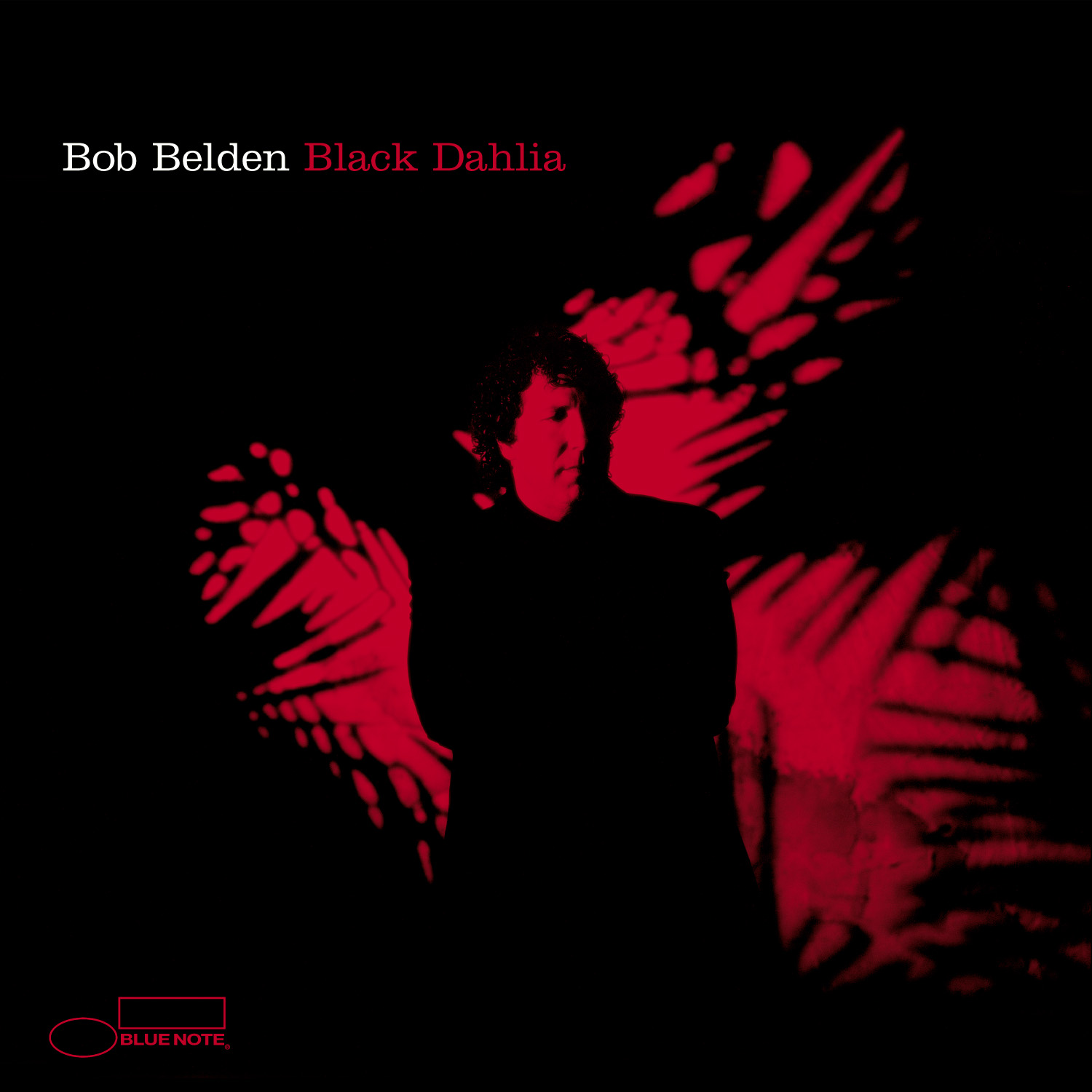June 4, 2015
Even though most casual observers wouldn’t have known it, Bob Belden, who passed away on May 20 at the age of 58, was behind the sound of much of the jazz music released during the 1990’s.
As a producer, Belden directed landmark sessions such as The Joe Henderson Big Band (1996) and Herbie Hancock’s New Standard (1997), the latter coming on the heels of a series of Belden’s own rampantly re-imaginative interpretations of the compositions of iconographic Pop auteurs—Sting (Straight To My Heart, 1991), Prince (When Doves Cry, 1993 & Prince Jazz, 1994), John Lennon and Paul McCartney (Strawberry Fields, 1996) and Carole King (Tapestry, 1997)—that introduced curious improvisers to a treasure trove of possibility within the post American Songbook era.
On Shades of Blue (1994) and Shades of Red (1995), he put cutting-edge improvisers to work on classic Blue Note music of the 1960s.
Working with long-time alter-ego Tim Hagans on the innovative, Grammy-nominated Animation/Imagination (1998), he framed the leader’s clarion trumpet sound with an interactive, real-time mix of up-to-the second—Techno, Trance, Jungle, Hip-Hop—beats and orchestral, travel-the-cyberspaceways synthesizer sounds. He also became the saxophonist in the live incarnation of Animation/Imagination band, which was captured at the 1999 Montreal Jazz Festival on the recently released Re·Animation Live! (2000).
As a reissue producer, he put together comprehensive, Grammy-winning reissues of Miles Davis’ output for Columbia and collated Herbie Hancock’s complete recordings for Blue Note, augmenting our appreciation of their accomplishments with exhaustive, poetic program notes.
About all Belden didn’t do in the ’90s was compose his own music. He rectified that gap in his oeuvre with the February 2001 release of Black Dahlia, a 12-part suite scored for symphonic orchestra that deployed some of the most passionate tonal personalities of our time—Joe Lovano, Tim Hagans, Lew Soloff, Mike Migliore, Kevin Hays—to portray the emotions and milieu of the central character who inspired him to write it.
The “Black Dahlia” was Elizabeth Short (1924-1947), a young woman who went from Massachusetts to Hollywood to become a star and wound up fatally embroiled in the underworld of postwar Los Angeles. Her brutal murder, which is still officially unsolved, became the stuff of Hollywood legend, fueling a novel by James Ellroy (The Black Dahlia), a novel and feature film screenplay by John Gregory Dunne (True Confessions), a 1975 TV movie, and an obsessively researched account by John Gilmore (Severed).
“Elizabeth Short had dreams,” said Belden, who moved to New York City to follow his in 1983, “Like most kids from her generation, she longed to escape the drudgery of the Depression. Society created this dream world called motion pictures, and she settled in Los Angeles to free her spirit. By the time she found how fake it really was, it was too late. It was becoming a nightmare instead of a dream. I read about her, and got a feeling for how a human being can get trapped in this world. I too was trapped. I lived in a dream world here. I was totally focused on being a musician and an artist, somebody who expressed their innermost feelings in music. It took me into the hardest, darkest part of the city.”
Soon after Belden signed with Blue Note, he embarked on his never-released Turandot project, a reinvention of Puccini which featured improvisers like Joe Lovano and Wallace Roney as primary characters. “That changed my life,” Belden says. “The subject matter and melodic nature of ‘Turandot’ were exactly what I wanted to deal with. It was about love, as most tragic operas are, and it was about the quest for unrequited love and eternal love set against a social backdrop that put obstacles in the way. Nobody had ever covered an opera before, and I did it in such a way that I was able to transform the musicians who were involved on the record into following the personalities of the characters in the opera.
“The recording was suppressed by the publisher, which put me into a terrible state of artistic depression. I felt I could not express myself any more than that record at that time. I stopped writing music. I would mostly arrange and produce for other people. I learned how to produce and to conceptualize records, and I learned how to put musicians into environments where they sound better than on their own records. I would take well-known material and twist it; I was able to maintain my skills and further develop my sound using other people’s music. I started being attracted to dark minor chords. I got away from writing in guitar keys or string keys, because they are brighter. I was gravitating towards darkness, which is what New York was to me. I was heavily influenced by Alban Berg, by Wagner’s ‘Tristan and Isolde,’ by music that accompanied noir pictures like Jerry Goldsmith’s ‘Chinatown.'”
By the Fall of 1997, Belden had decided to begin writing music again, plunging headlong into the process of creating “Black Dahlia.” “I see it as an early 21st Century opera, or as a tone poem,” he said. “It’s a work that tells a story, that’s based on themes. It deals with people who can improvise emotion or feeling; it says that melodies can become human characters.”
“My own music,” Belden wrote in the liner notes, “reaches into the recesses of my heart and soul, and I bare my feelings about life within the measures of music. The story I will tell you about is one of a child who came into this world innocent and became lost in the real world, of a single human spirit, a spirit with dreams of finding in life the euphoria that comes from freeing one’s soul of the emptiness that inhabits the life around them, a spirit with dreams of finding everlasting love and of ascending into the world of immortality.”







